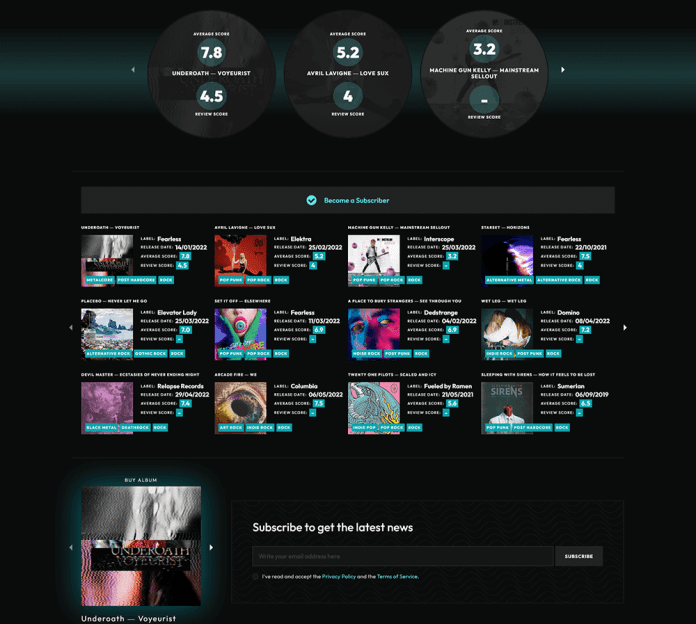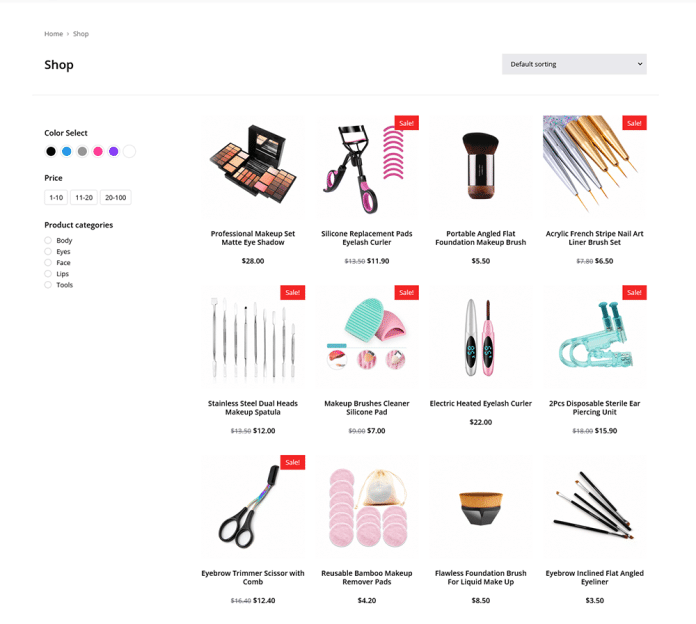Table of Contents
Introduction
In the ongoing change of digital marketing, the content plan is the boundary necessary for a campaign to flourish. Being a strategic marketing plan, it maps your marketing communications process in order to ensure that you maintain a consistent delivery of useful and relevant content to your audience. In this blog post, seven highly effective content plan strategies will be described that can greatly improve your content marketing and fit your content marketing overall concept.
1. Set Clear Goals
Let me start by stating that any content planning strategy rests upon goals that have been clearly identified. What is your goal with the contents you create? What is your goal, do you want more brand recognition, web visitors, leads, or ref household customers?
Content Marketing Strategy Tips:
- Discuss the steps involved in goal setting and indicate that your goals should meet the SMART criteria; Specific, Measurable, Achievable, Relevant, and Time bound.
- Review and update your goals as frequently as possible citing performance and the current market conditions.
2. Understand Your Audience
To produce content that effectively reaches your audience, you have to know them, the kind of content they are most comfortable with, the challenges they face. It will be prevalent in creating content that you need to employ in your activities to form the right content strategies.
Steps to Understand Your Audience:
- Ask your audience directly through using surveys and polls in order to get insight from them.
- Use the analysis of social media insights and of the website where user behavior should be detected.
- However, before beginning the process of content creation, it is critical to develop very specific and in-depth individual and group buyer personas that correspond to your target audience’s demographic characteristics as well as their interests.
3. Develop Content Pillar
Content categories are the central concepts through which your content is built. It assists to classify your content marketing strategies and guarantees there is constant communication of your message across the channels.
Creating Effective Content Pillars:
- Choose 3-5 main thematic settings which would be relevant to your brand and interesting to your audience.
- Organize your content based on these pillars so that the message appears unified and helps you to reach the established goal.
4. Create a Content Calendar
The content plan cannot be effectively managed without the use of a content calendar. It also assists you to set some content to post at a given time, to track your due dates and realize that you need to produce more content frequently.
Benefits of a Content Calendar:
- Reduces clutter when it comes to content creation due to the availability of a calendar for the same.
- Enables the firm to be responsive to trends or an event that occurs in the industry by preparing for content beforehand.
- Enables team members to coordinate their work as they are able to see what other members are working on next.
5. Focus on High-Quality Content
It is always better to produce quality results than quantity. It means your audience is expecting you to deliver them with reliable material that is up-to-date in its field and interesting to readers.
Tips for Producing High-Quality Content:
- Take time always to conduct adequate research to ensure that the information you’re giving is pertinent and meaningful.
- Utilize great picture and formatting on the plan of the content for improving the readability of text.
- Use storytelling in your content to help foster the connection and feel with your audience.
6. Implement SEO Best Practices
Search engine optimization is an important factor that determines the amount of traffic your website is able to attract. This is a simple way of enhancing your site chances of ranking well in the search engines if you follow the SEO recommendations.
Key SEO Practices for Your Content Plan:
- Research keywords for your content pillars to know what other terms or phrases users type in search engines.
- Make use of keywords and phrases stylishly within your texts, the titles, headers, and meta descriptions.
- Your website needs to be optimized for mobile use and must be fast-loading since it affects the SEO results.
7. How to monitor & control performance?
Evaluating the content strategy is very important and must form part of any content plan that is developed. Tracking performance indicators helps when it is possible to observe results and determine what specific activity helped or hindered efforts.
Key Metrics to Track:
- Unique website visitors and website page views.
- Social media interaction feedback including likes, shares and comments.
- Conversion rate that helps in comparing how effectively your content is helping to get the expected conversions.
Conclusion
The following are seven of the most effective content plan approaches to help elevate your content marketing and develop bottom-line results for your organization: Through goal setting, knowing your target audience, establishing the content areas of specialization, creating content map, choosing on the quality and not the quantity, applying everything concerning SEO, and measuring results, your content marketing strategy will always count. Let’s begin today on how to integrate these into your content calendar and see your marketing soar!



